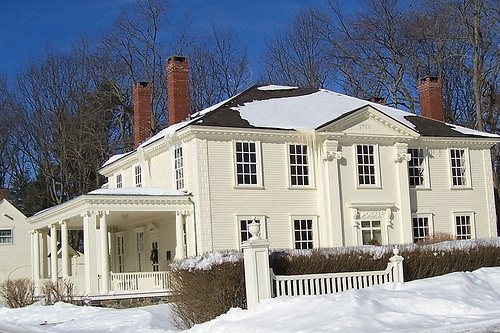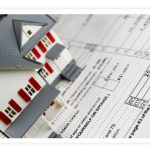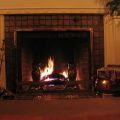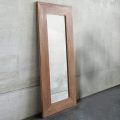When it’s cold outside, the last thing you want is to arrive home to find that your heating system has gone out or your pipes have frozen. While you may not be able to prevent everything, there are steps that you can take to guard your home against the frigid winter weather. Taking precautions now will allow you to rest a little easier until spring rolls around again.
Focus on the Exterior
Before you do anything else, walk around the perimeter of your home and check the vents. Make sure they are closed; you don’t want to allow cold air to billow up under the house and freeze the pipes. In addition, check your hoses and make sure they are not connected to the spigots.
Be Mindful of the Pipes
Even a small crack in a pipe can cost you a lot of money. Not only will you see a difference on your water bill, but you could have to deal with damage to your furniture and flooring.
If the temperature drops to about 20 degrees, it is important to take certain steps to prevent frozen pipes, particularly if you live in the south. Open up your cabinets so that the heat in your house can flow to the pipes that are under the sink. In addition, turn on a faucet that is close to an exterior wall and allow it to drip overnight. This helps to relieve some of the pressure that builds up.

If your pipes do freeze, immediately turn off the main water valve. Contact a plumber for help in thawing them out if you do not feel comfortable doing so on your own. Always begin close to the faucet and then work out from there.
If a pipe bursts, don’t allow the water to continue running. Attend to the spill as quickly as possible in order to minimize the damage. If you need to, move furniture or other items that could be damaged by the water until you get a plumber out to the house.
Adjust Your Thermostat
You want the interior temperature of your home to be at least 65 degrees in the winter. This will help prevent the inside walls of your home, where the pipes are located, from freezing. However, be careful not to play with the thermostat too much. Once you have it set to a level that you can tolerate, you want to keep it there to avoid running up your heating bill.
Got Heat?
If you don’t have heat, try not to panic. First, check your air filter to make sure it isn’t clogged. If that’s not the culprit, move on to your thermostat and make sure the battery is still operational. Finally, take a look at the circuit breakers to make sure there wasn’t a power surge. If you still don’t have heat, it is probably time to call in a professional.
It is important to do whatever you can to protect your home from the cold winter weather. There are no guarantees, but if you make an effort to stay vigilant, you could prevent a small disaster from occurring.
Morgan is a blogger for Pugatch Realty Corp, a real estate company located in New York. When Morgan isn’t writing, she enjoys reading and traveling with her family.
































No Comments
Leave a comment Cancel